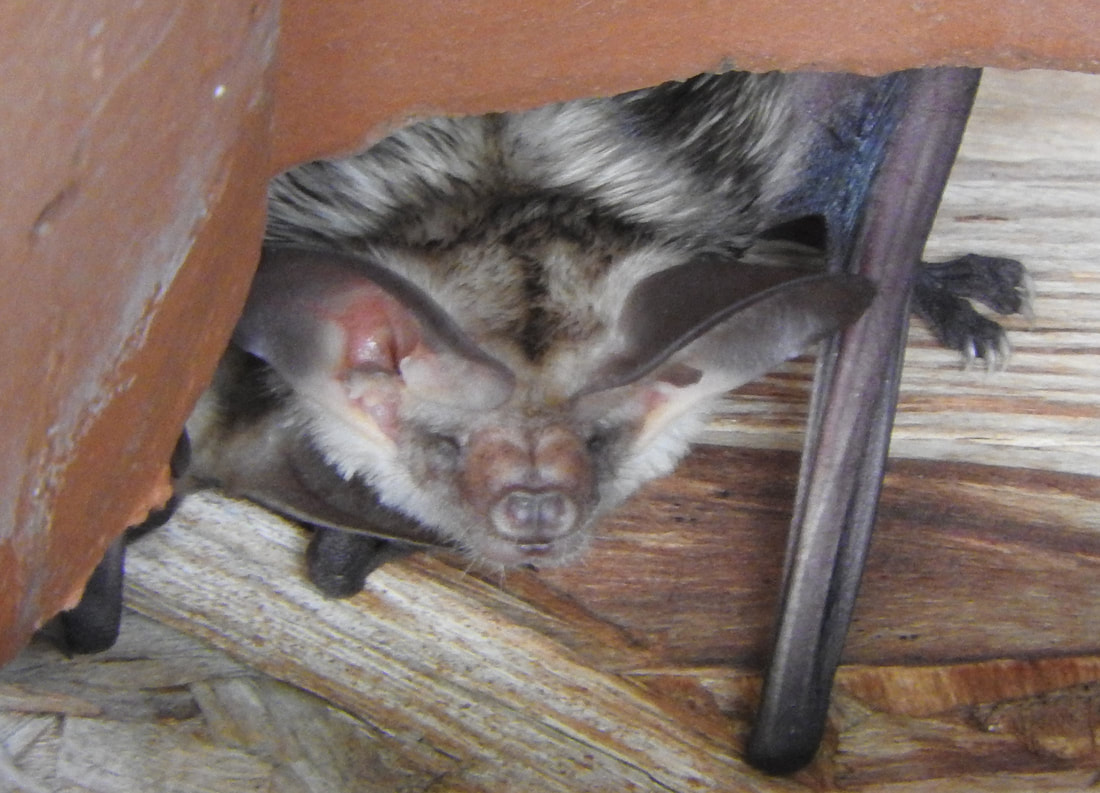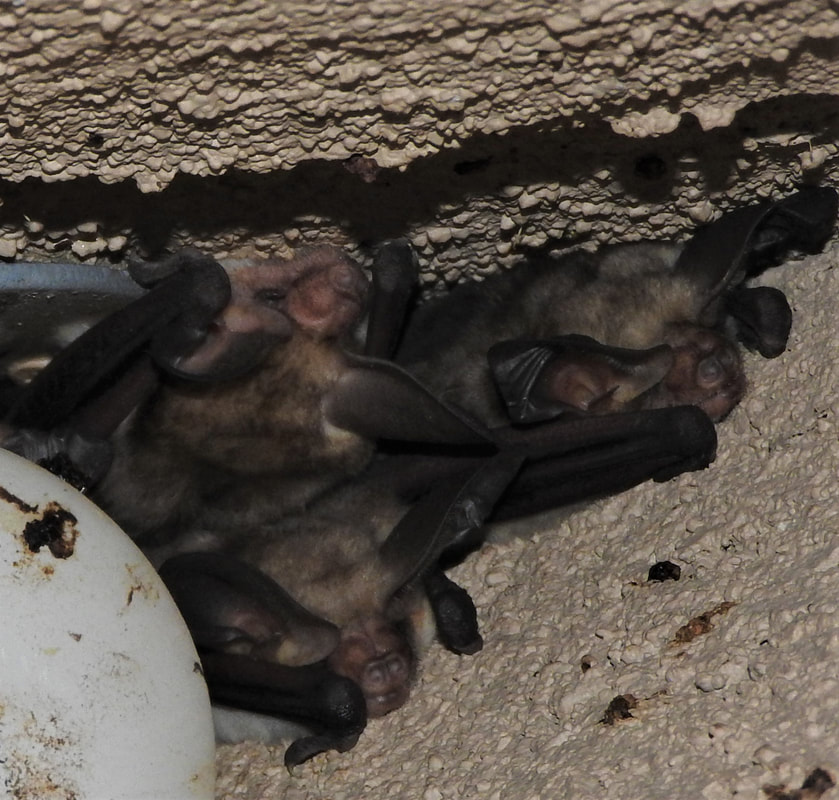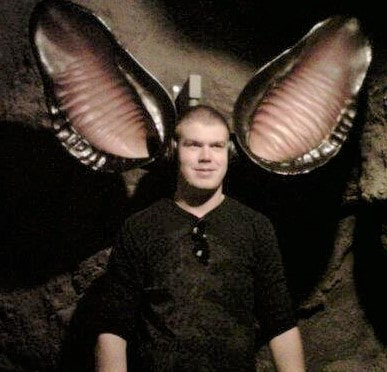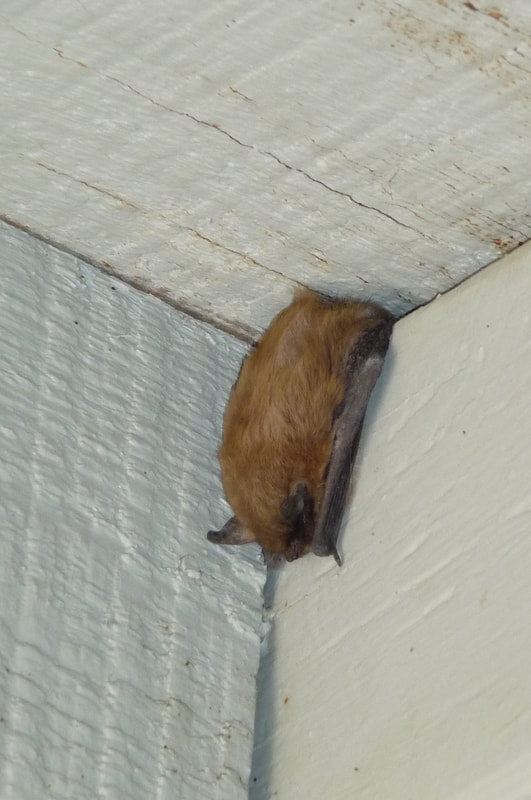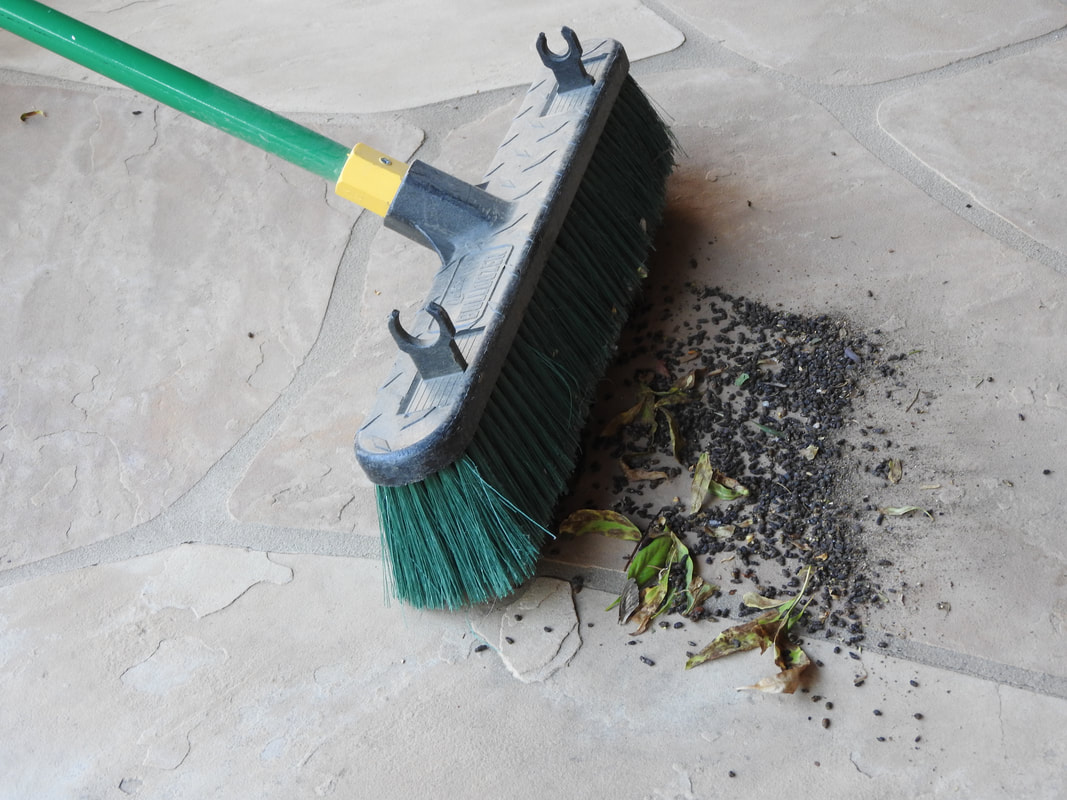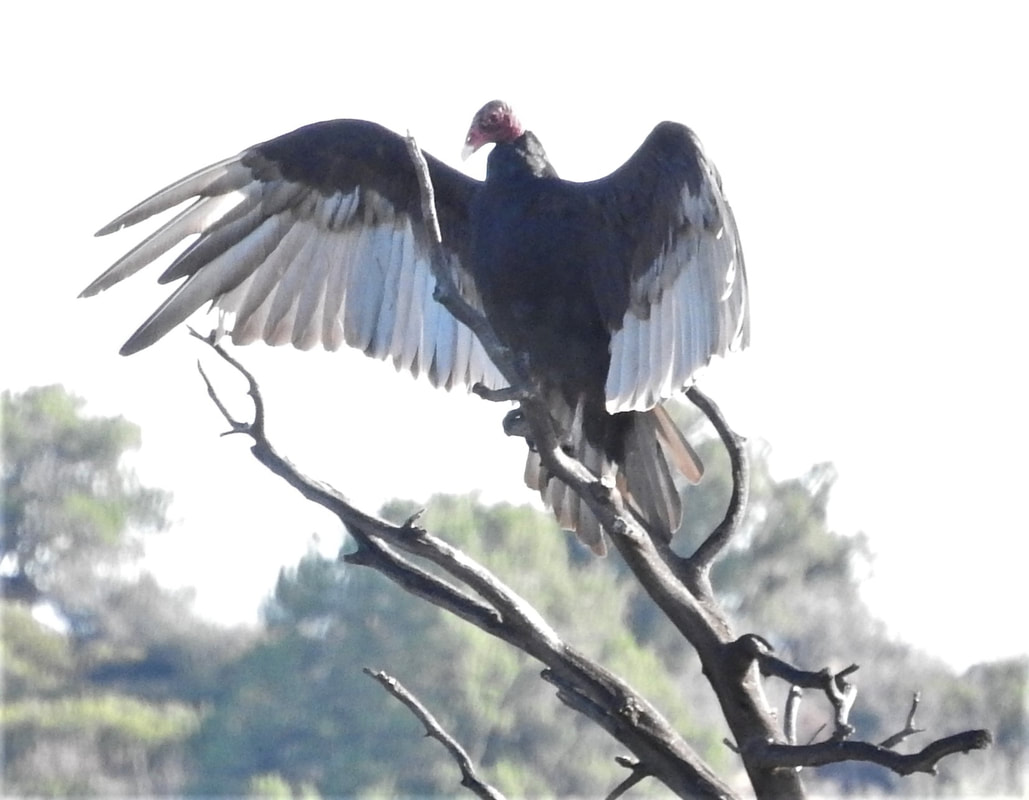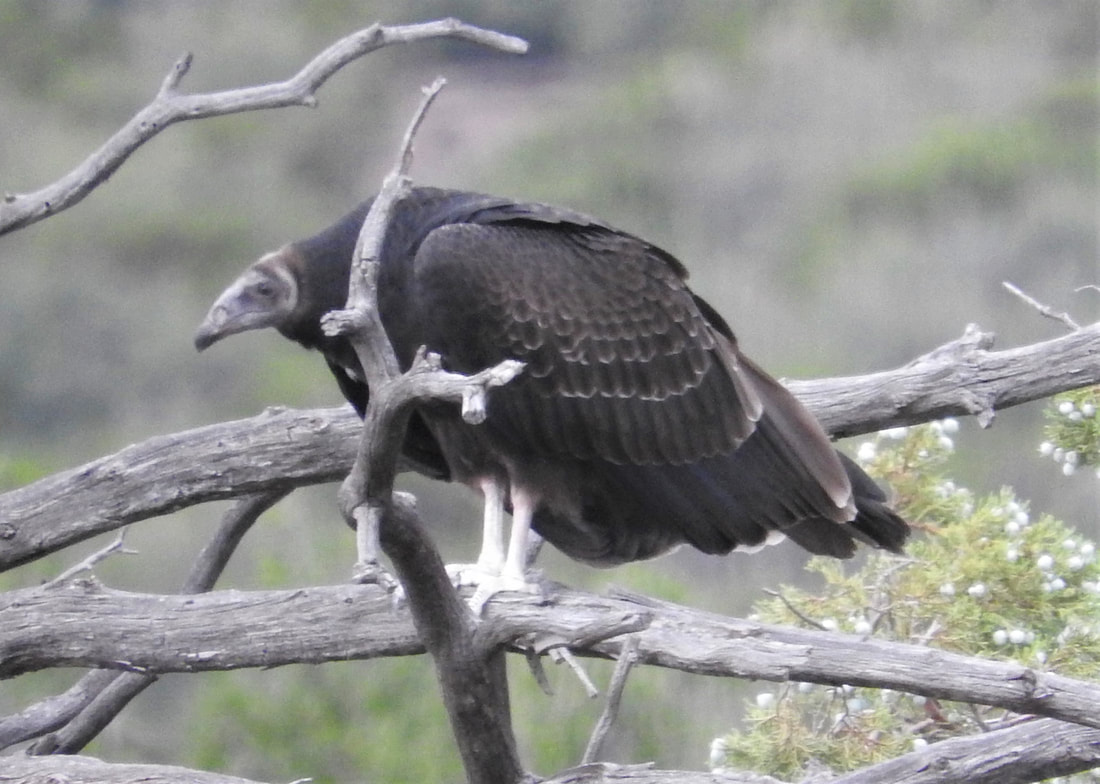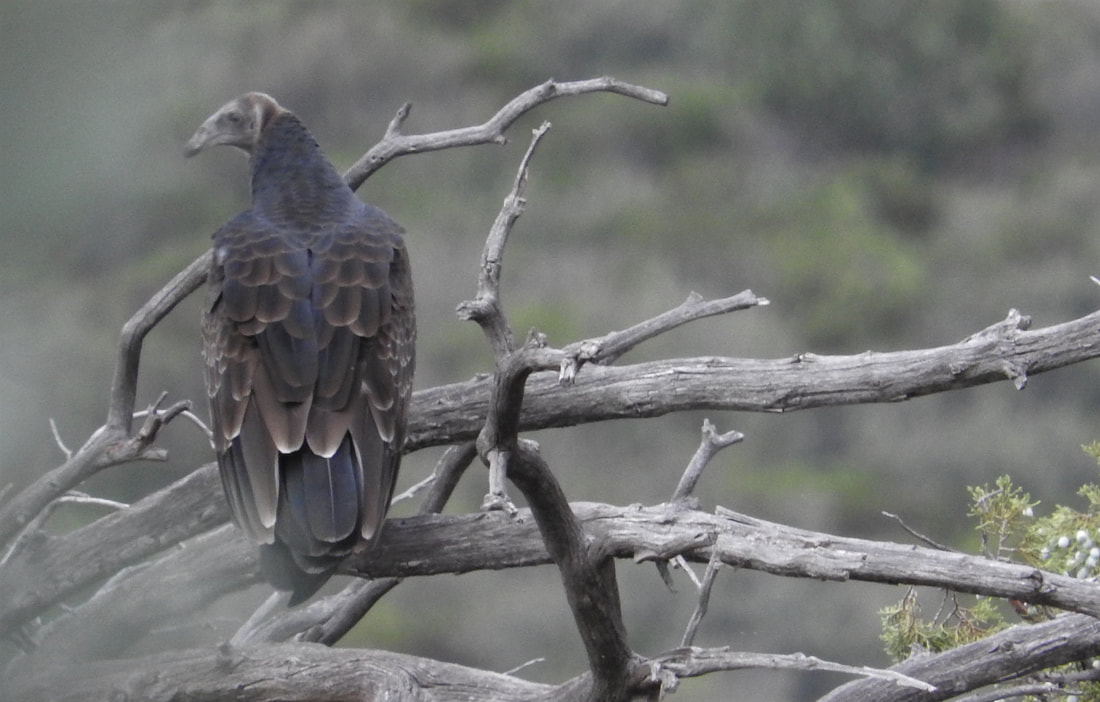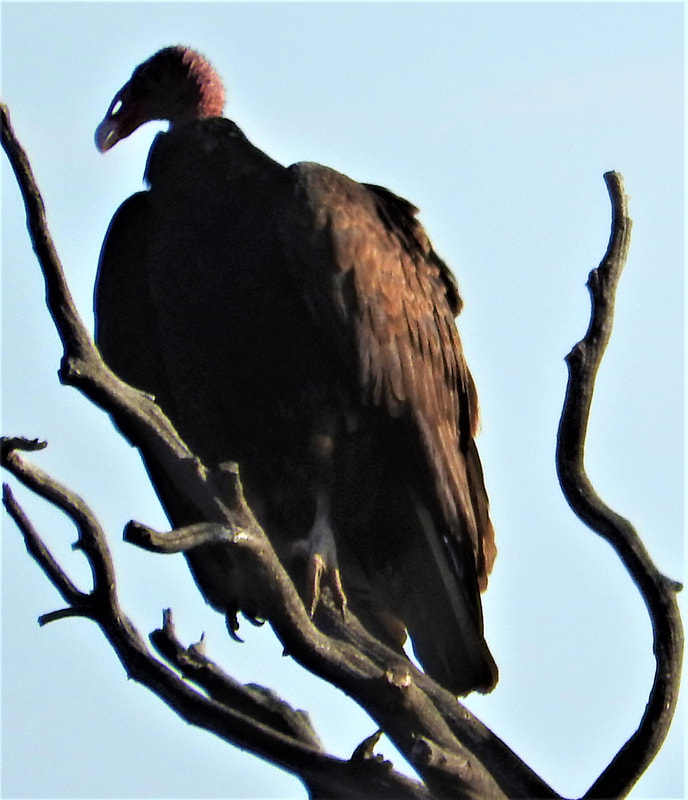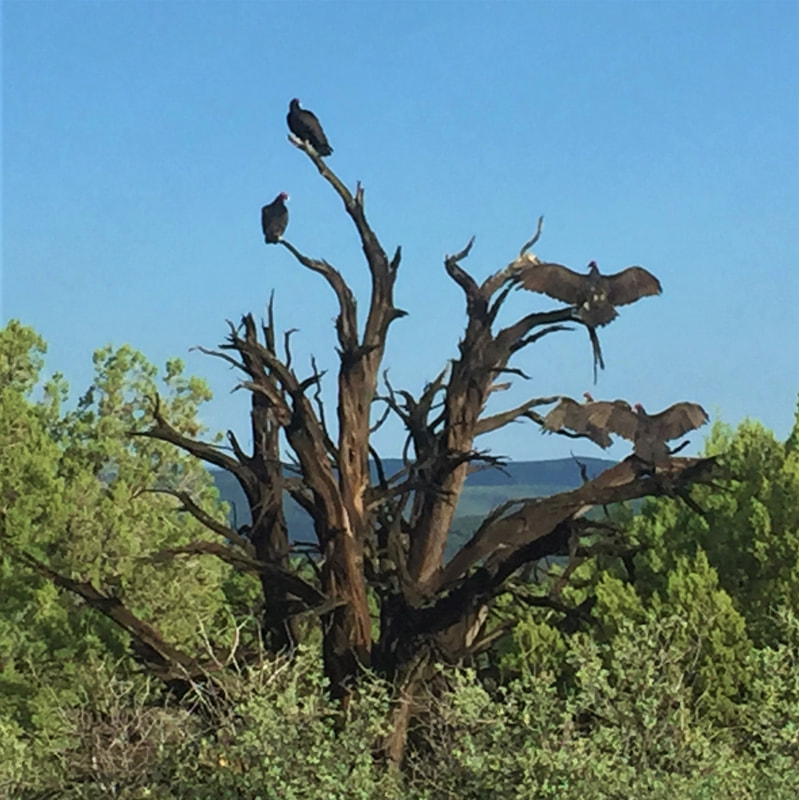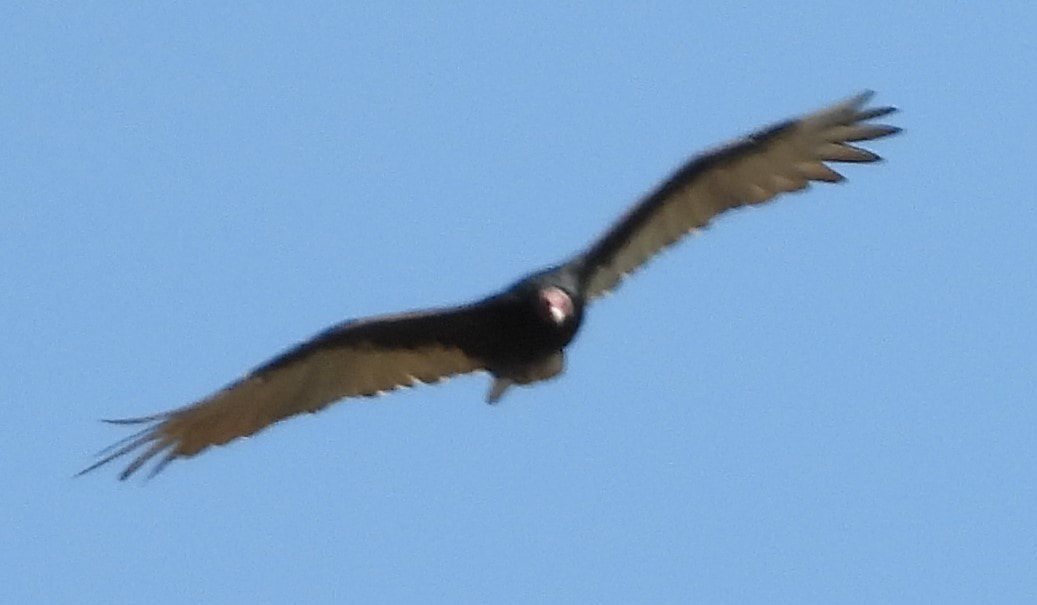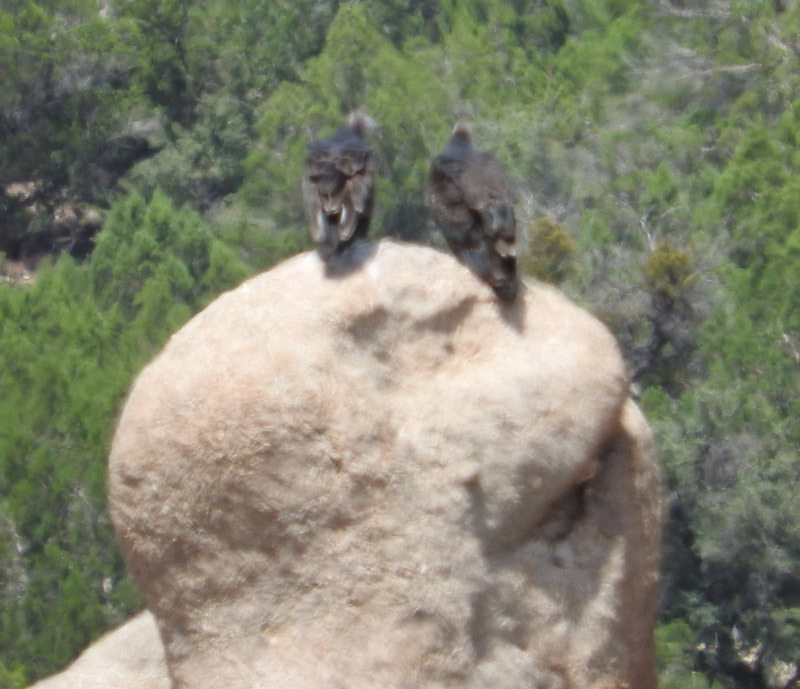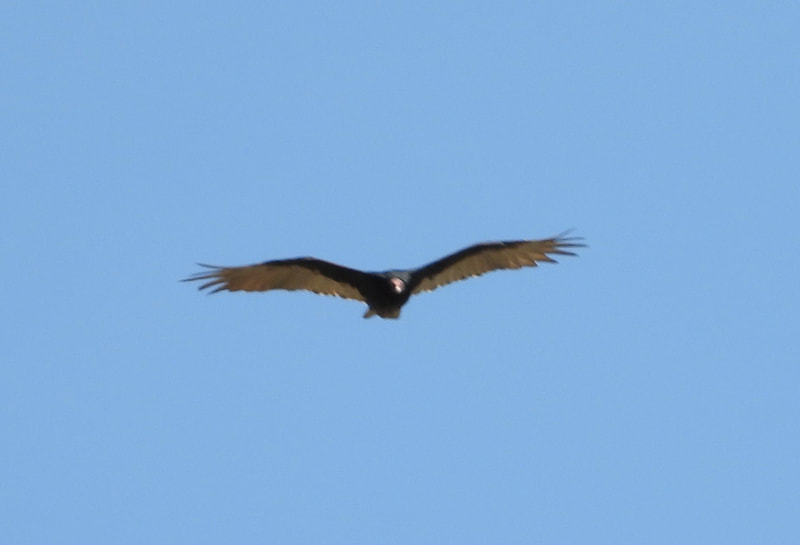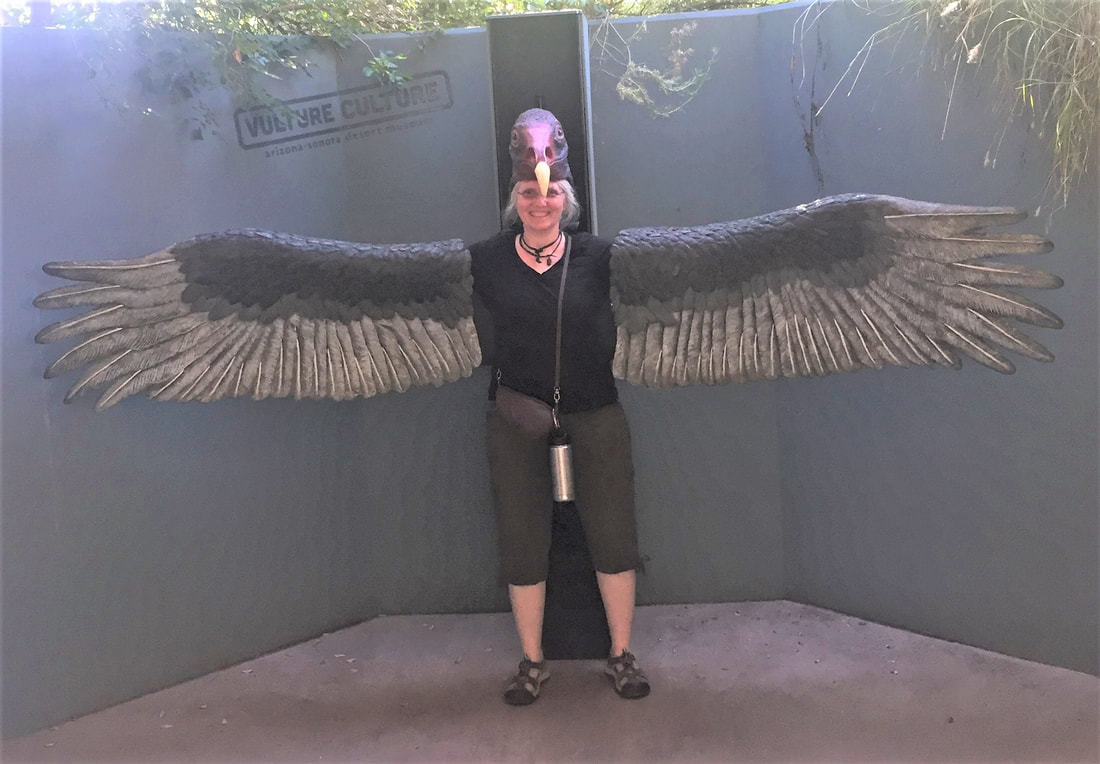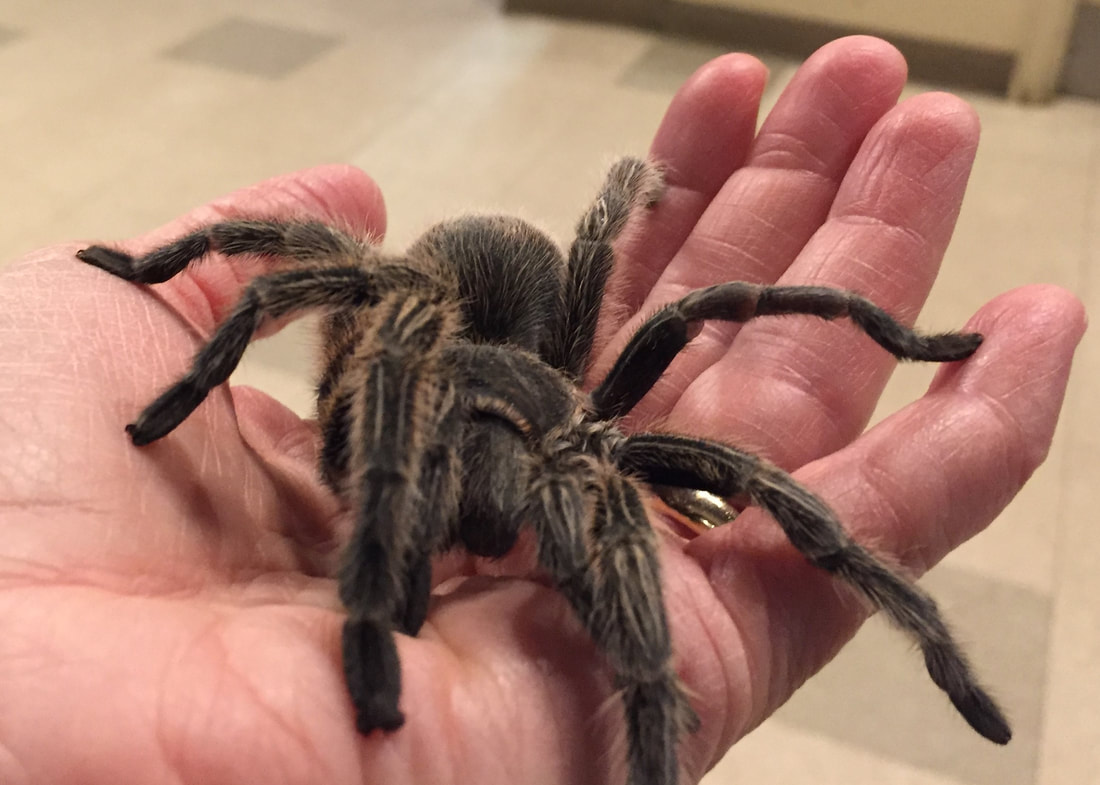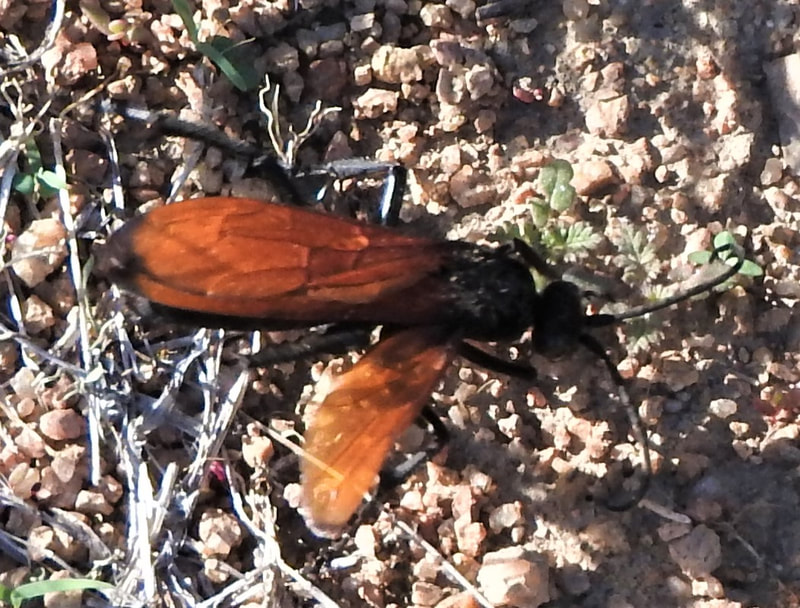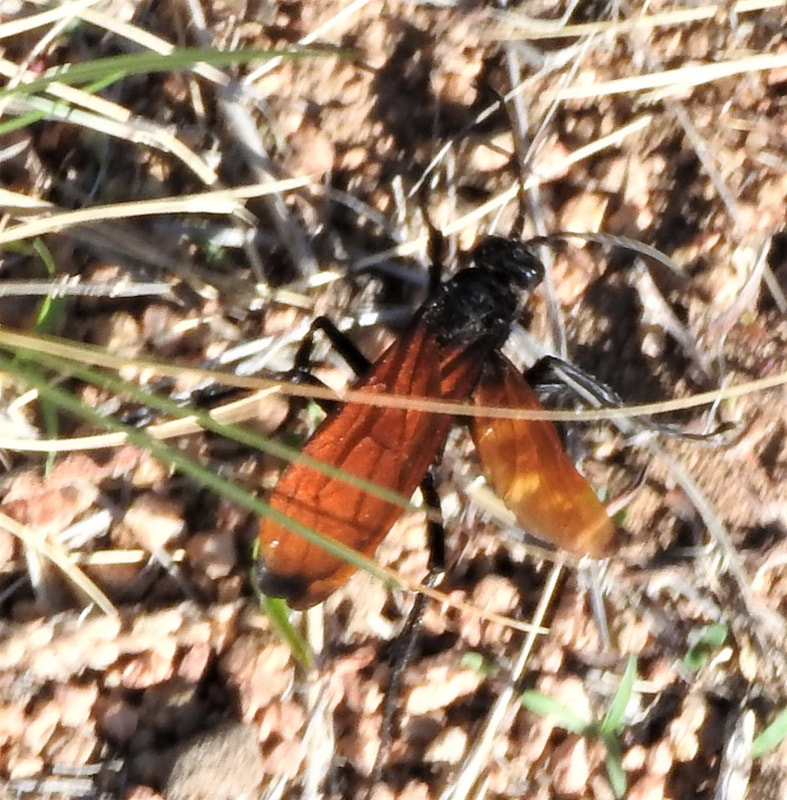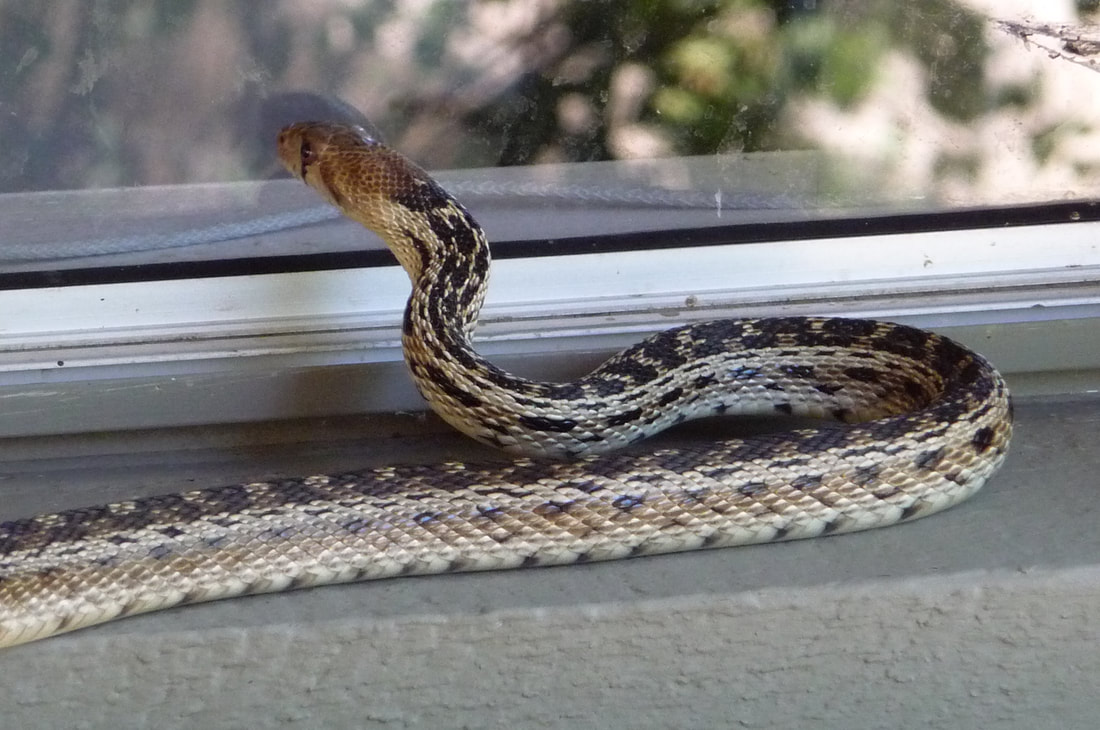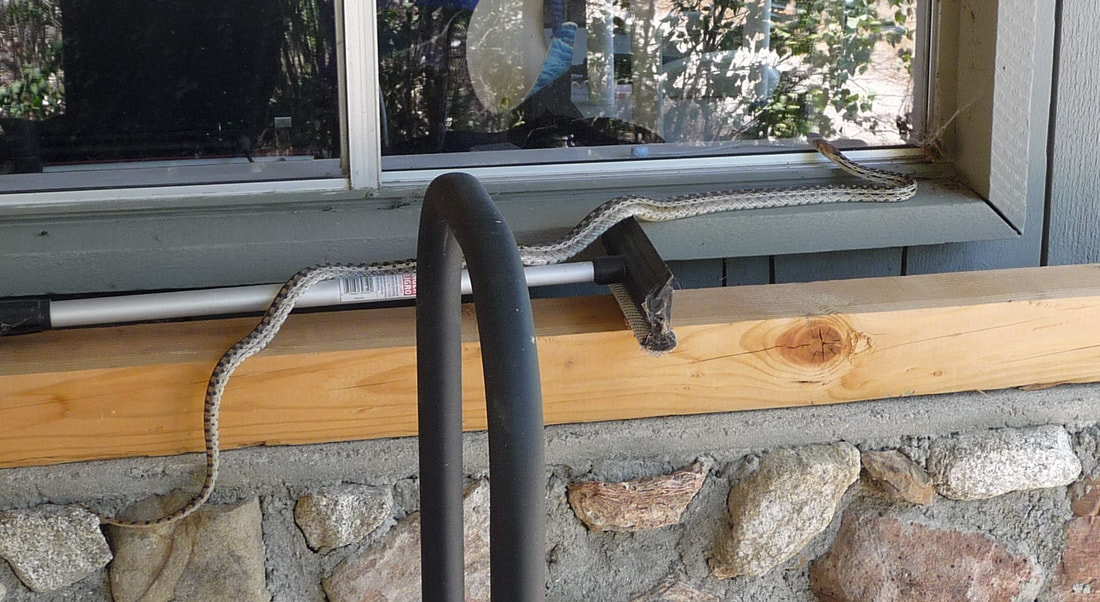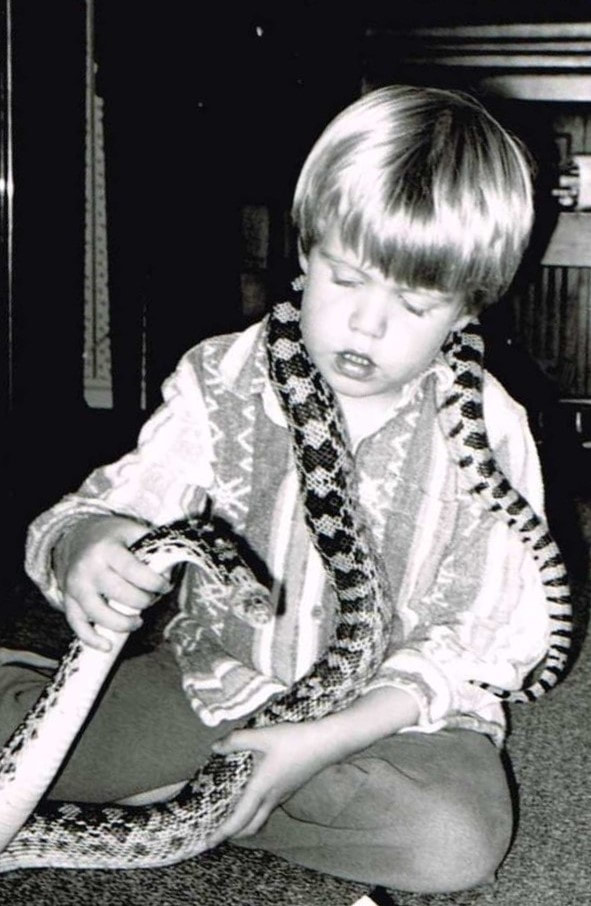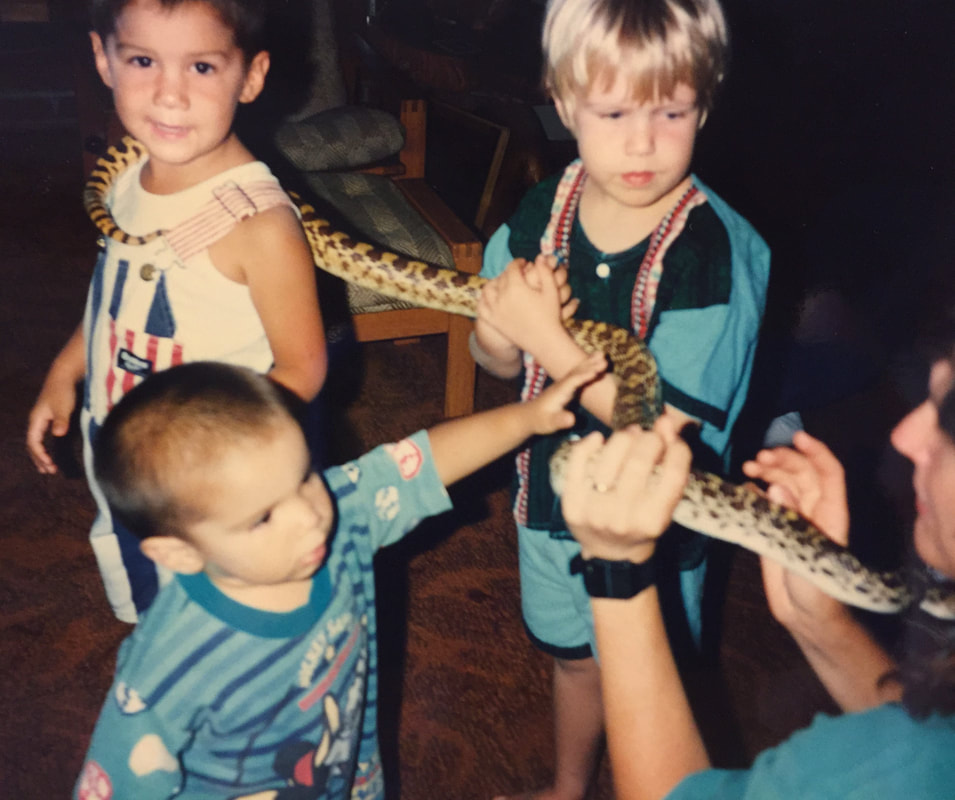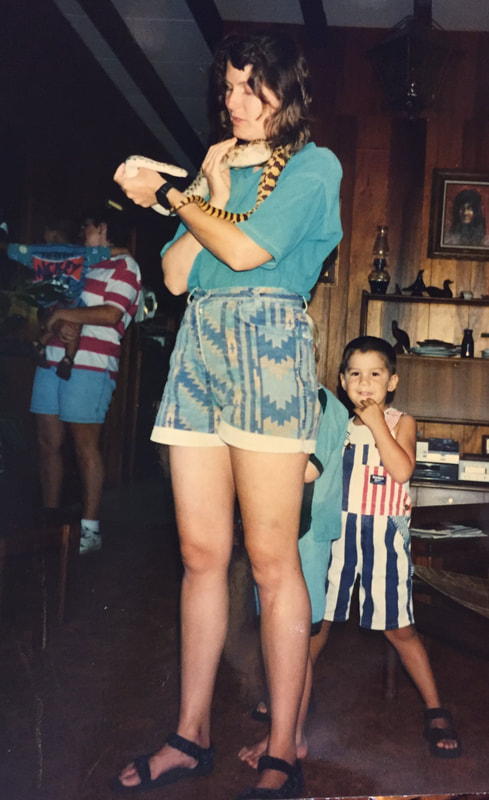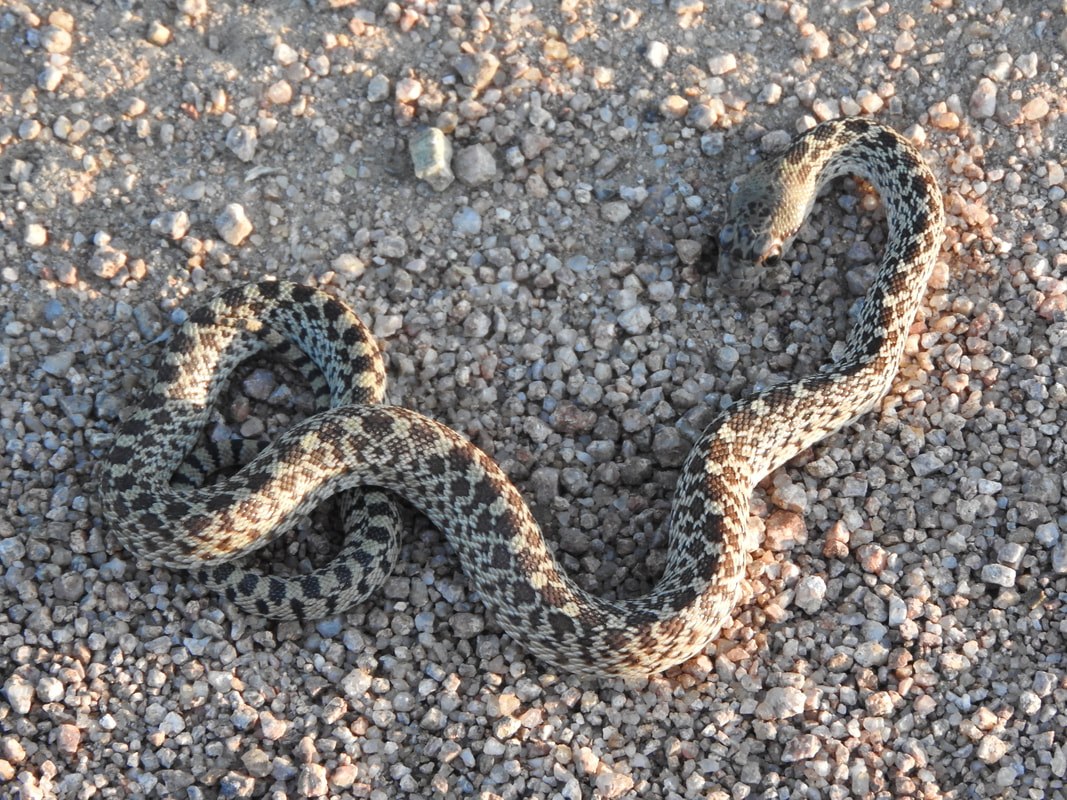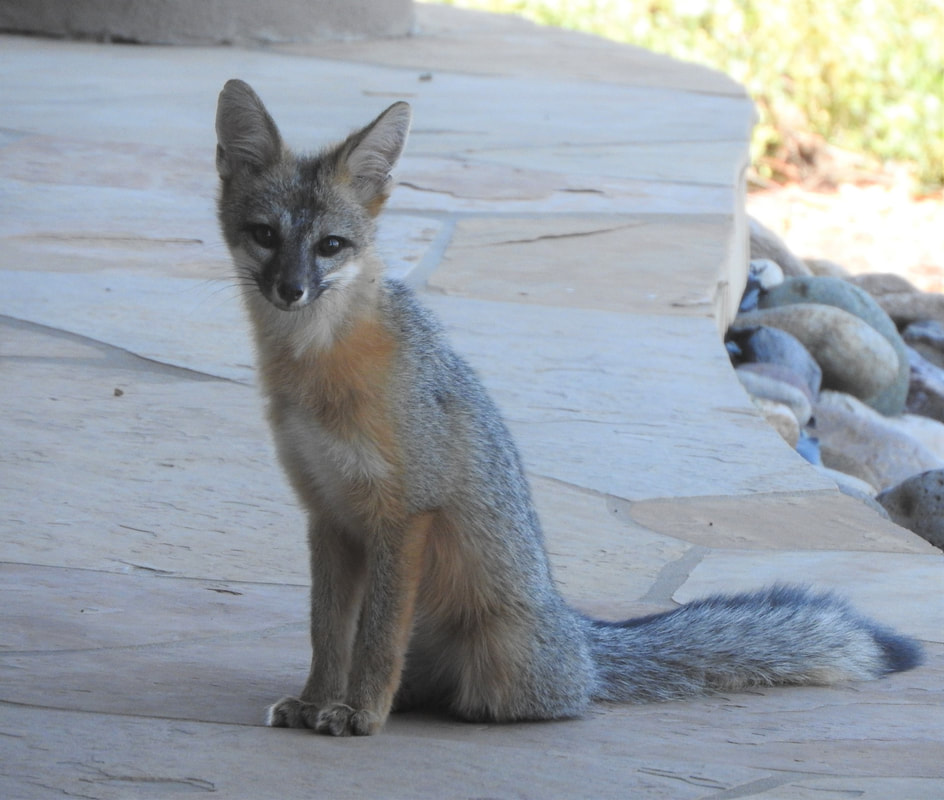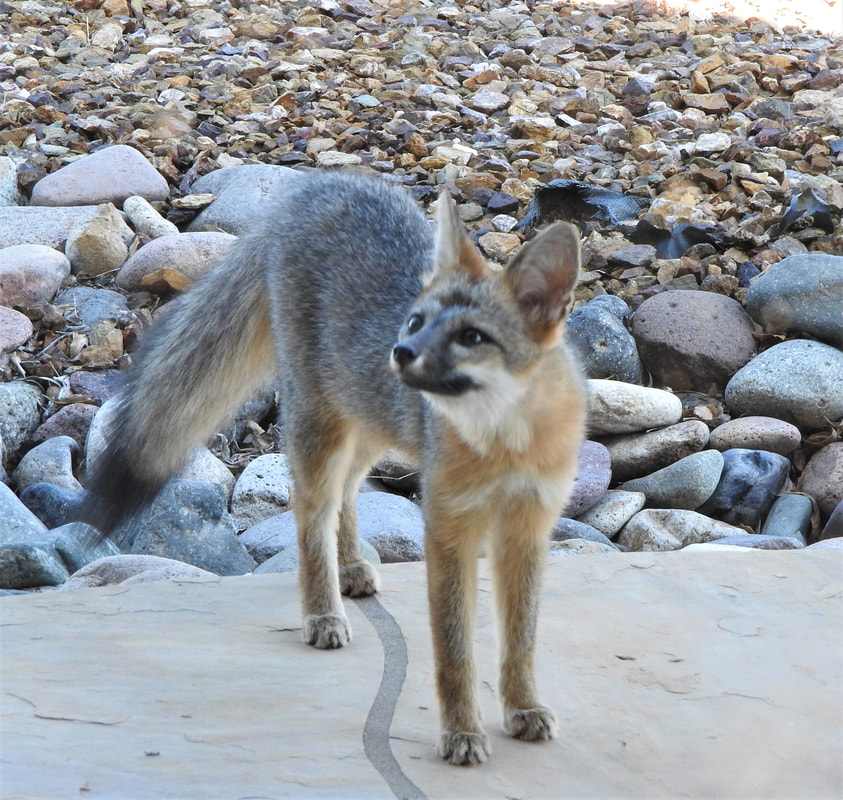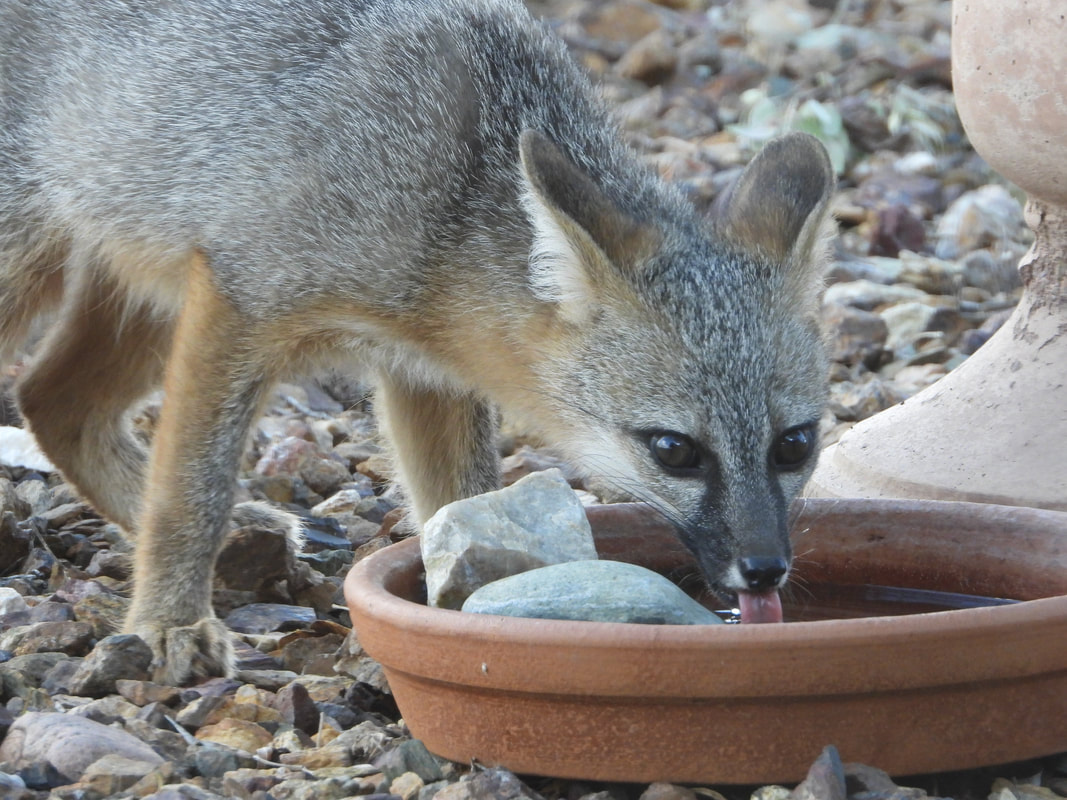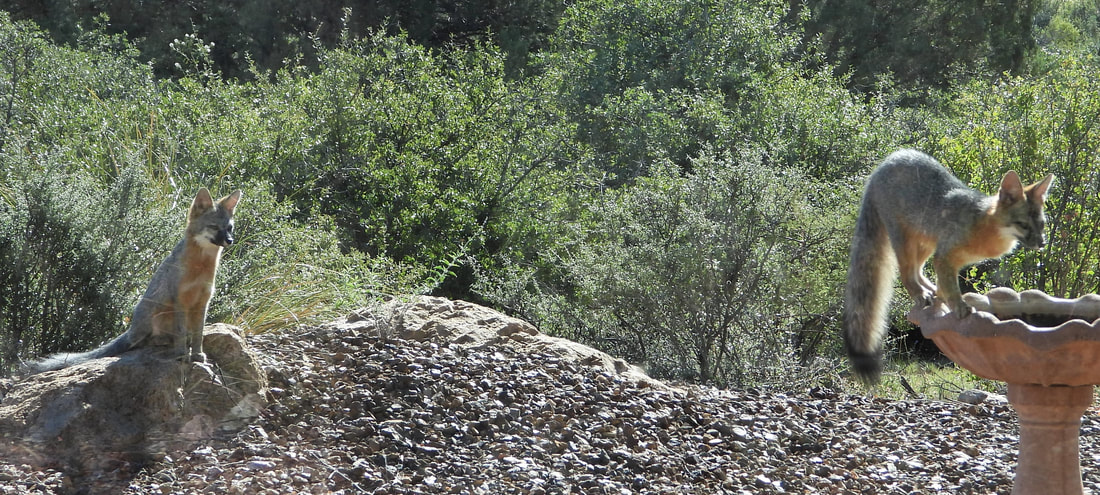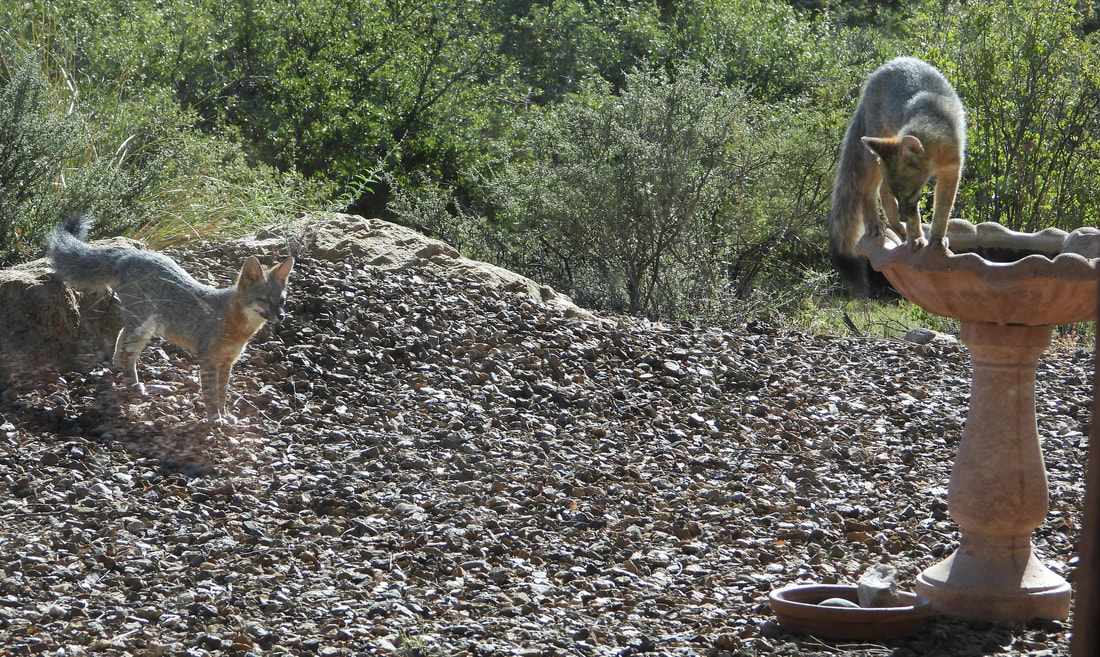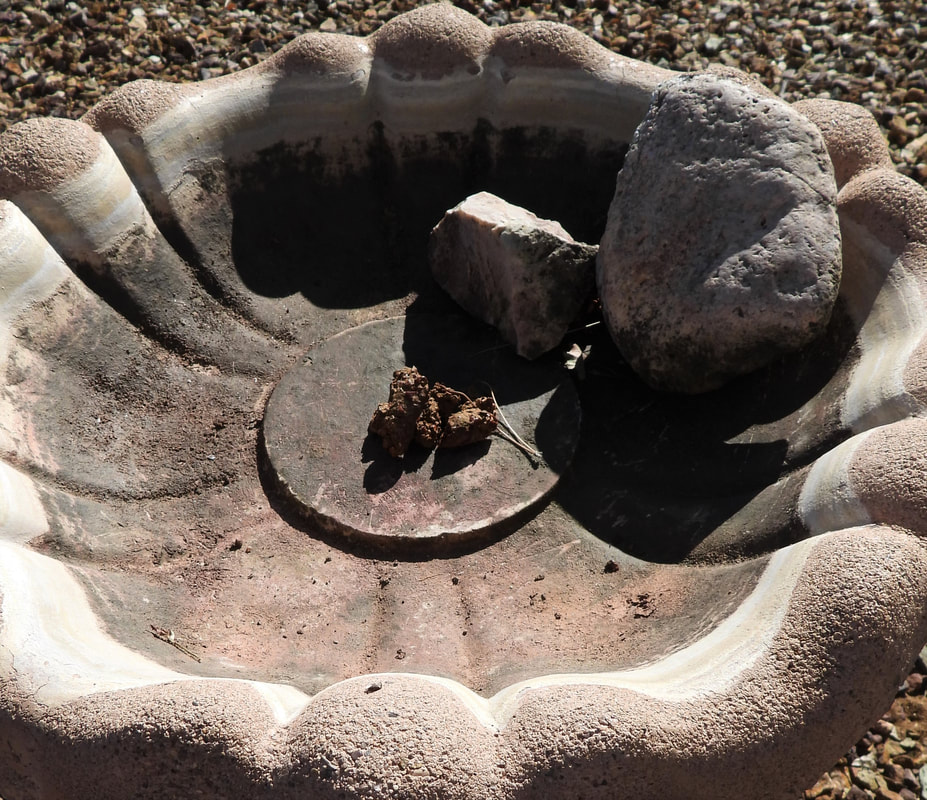This fuzzy little guy is, I believe, a Spotted Bat (Euderma maculatum), as described in the Arizona Game and Fish Department's Facebook post.. The Arizona Sonora Desert Museum Spotted Bat Fact Sheet specifies exactly where his spots should be, but he kept his rump tucked away where I couldn't sneak a peek.
I love those tiny claws!
Play the video to watch him take a bath in the clay roof tiles over my porch. Toward the end you can hear him singing! Well, squeaking anyway.
He licked and scratched like this for an hour or more. Just like a cat! An outside cat, that's 20 times smaller than a house cat and flies better. But almost like a cat, which makes this practically a cat video, therefore bound for internet glory! Right?
How about this shot of his bath, where you can see the delicate curve of his ear, those beautiful tiny claws, and that teeny tiny, sharp little tooth.
By the way, they are insectivores, eating mostly moths. The Desert Museum says they tear off the wings and eat only the abdomen. And they DO NOT bite people. Unlike my cat, come to think of it.
They also don't get caught in long hair, as some myths say. Their sonar is much too good for that sort of mistake.
These Big Brown Bats (Eptesicus fuscus) liked to sleep in my front porch light fixture during daylight hours this past summer. When I wasn't flashing a camera at them.
The pictures above were all taken in September. Sadly, my bats couldn't hang around for Halloween. They've now flown off to their winter homes, maybe to the south, maybe in caves where they will hibernate.
This is the much-loved Giant Brown Bat (Isaacus Baertleinicus), also known within the family as The Giant Cousin. (Photo taken in the Arizona Sonora Desert Museum Bat Cave, where he was getting in a good listen.)
We had Big Brown Bats in Lake Hughes, California, too. My parents helped Isaac and I build bat houses to attract them. (Yes, the weirdness began generations ago!)
You can see one of our bat house creations on the upper right corner of the old stone house above. It took about three years, but we finally attracted a sweet little colony. I think they were Little Brown Myotis (Myotis lucifugus), but I couldn't swear to it.
Bat Conservation International has an AWESOME and FREE handbook on bats including instructions for building any number of elegant homes for these flying mammals. Check it out!
In case you thought hosting bats was all fun and games... here's the other end of it.
Hmmm. Maybe I should build them a home of their own away from mine.
